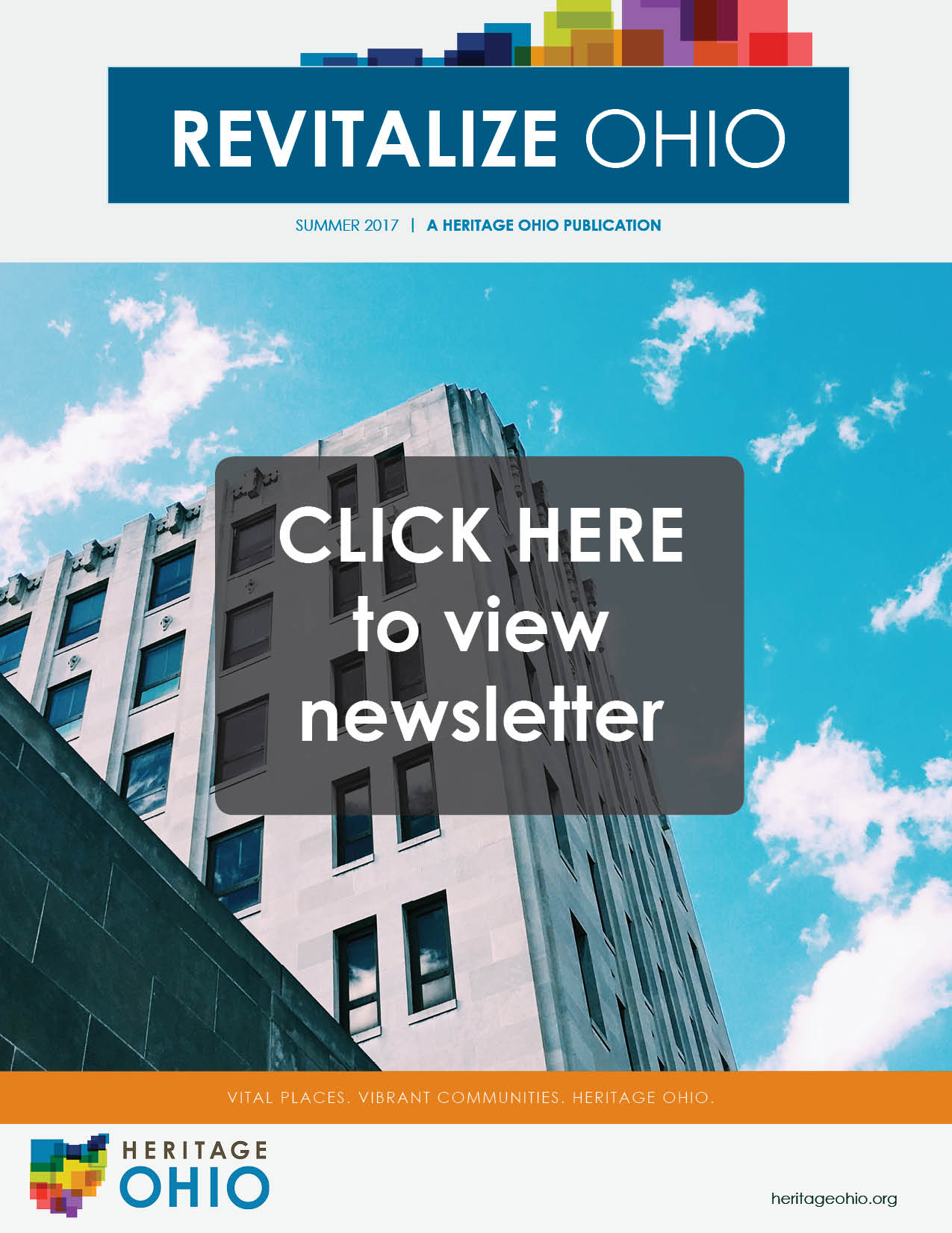Akron Easement
800 Dan St
Akron, OH 44310
Our easement program has been active since 2004, when we accepted our first easement on the Rawson Block in Findlay. Over the years we’ve seen how the program can be adapted: we’ve worked with owners in a variety of communities, and we’ve worked with a variety of property owners, including commercial property owners, nonprofit owners, and municipalities. Additionally, easements have been placed on buildings well before a full-scale rehab has been completed, and years after a large-scale rehab was completed.

The main Reserve Training Building, constructed in 1956
In Akron, we accepted an easement on the former Naval and Marine Corps Reserve Center in 2015, as the result of a Section 106 agreement forged among the City of Akron, the US government, and the State Historic Preservation Office. Briefly, a Section 106 consultation among preservation interests is triggered when federal funds are used that could affect a resource either listed in the National Register, or eligible for listing in the National Register. A Section 106 consultation can also be triggered when the action of a federal agency, in this case, the US government, could result in an adverse effect on the historic resource. In Akron, the US government was divesting itself of the reserve center, as a caretaker for the Navy, and the federal loss of site control was deemed an adverse effect, since a new owner could demolish the historic buildings on site.
While we ideally like to see Section 106 negotiations end when a viable preservation solution is found that all parties can agree to, the reality is that many times the Section 106 agreement paves the way for the demolition of the historic resource in question. Thankfully, in the case of Akron, the stakeholders agreed that by donating an easement in perpetuity to Heritage Ohio, the reserve center would be permanently preserved, thereby negating any adverse effect from changes in ownership, now or in the future.
“We were pleased to be part of a creative preservation solution in the Section 106 process, providing an outcome everyone could support, while giving us the ability to ensure the site’s continued preservation. We’re hopeful we can assist on future Section 106 agreements that translate into wins for preservation,” stated Joyce Barrett, executive director.
![]()
Fire Awareness & Prevention Downtown Webinar
December 6th, 2017 1 pm – 2 pm
This course has pending AIA HSW credit.
With the recent fires destroying communities on the west coast, being in the midst of the holiday season (which is particularly fire risky), and having had our fair share of disastrous downtown fires in communities around Ohio, it is always a good time to talk about prevention. Fires are by their very nature destructive, when it comes to downtown, there is so much at stake when a building burns down. It could be someone’s home; lives could be at risk; and it could be a small business that has been an integral part of the community for years, that now has no way of rebuilding. Furthermore, every building in the downtown is a part of the community identity and history, when they burn a piece of that shared story is lost forever.
Join Heritage Ohio and Chief John Donahue of Deleware, Ohio for a webinar discussing the potential fire hazards with concern to downtown and what can be done to proactively prevent the devastation caused by downtown fires. This program will focus on the City of Delaware and steps that the downtown businesses, building owners and City Departments have taken to reduce the risk from fires. Delaware has experienced several downtown fires in their historic buildings. Working together, a community can take steps to reduce the risk and maintain the historic buildings.
Heritage Ohio Members Register Here
Not a Member? Join Heritage Ohio now to get access.
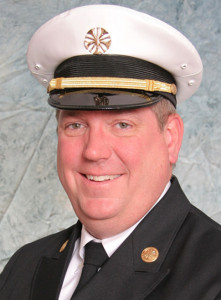 John Donahue is the Fire Chief for the City of Delaware, and served in the capacity for over 11 years. Prior to coming to Delaware, he served as the Assistant Fire Chief in Temple Terrace, Florida. Chief Donahue has served in many capacities in the fire service, including overseeing the fire prevention efforts in old historic downtowns. Both he and his wife are originally from the Cincinnati area. They have two grown daughters.
John Donahue is the Fire Chief for the City of Delaware, and served in the capacity for over 11 years. Prior to coming to Delaware, he served as the Assistant Fire Chief in Temple Terrace, Florida. Chief Donahue has served in many capacities in the fire service, including overseeing the fire prevention efforts in old historic downtowns. Both he and his wife are originally from the Cincinnati area. They have two grown daughters.
![]()
A Brief History of Columbus
October 11th, 2017 1 pm – 2 pm
Join Heritage Ohio and Columbus historian Ed Lentz for a webinar discussing some of the interesting histories of Ohio’s capital city. In preparation for Heritage Ohio’s Annual Conference the following week, learn a little about the city we will be exploring during various tours offered.
Heritage Ohio Members Register Here
Not a Member? Join Heritage Ohio now to get access.
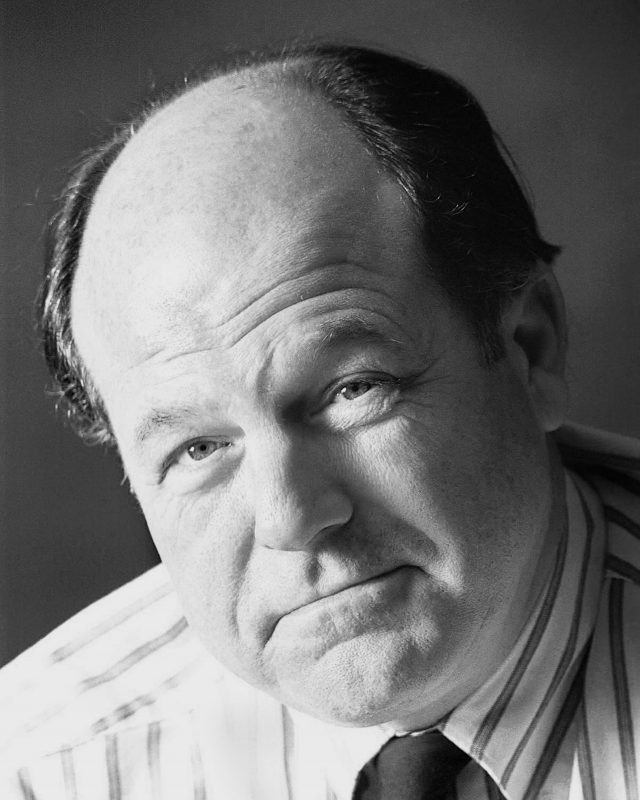 Ed Lentz has been teaching, writing and exploring the history of Central Ohio for more than fifty years. When not doing that sort of thing, he teaches from time to time at various local colleges and universities. He writes for local newspapers, consults in history and historic preservation and keeps company with his wife, two cats and occasionally visiting two children.
Ed Lentz has been teaching, writing and exploring the history of Central Ohio for more than fifty years. When not doing that sort of thing, he teaches from time to time at various local colleges and universities. He writes for local newspapers, consults in history and historic preservation and keeps company with his wife, two cats and occasionally visiting two children.
Ed worked at the Ohio Historical Society for a number of years and was Executive Director of the Columbus Landmarks Foundation from 1983 to 1988 and from 2013 to 2017.
Mr. Lentz holds degrees in history from Princeton University and The Ohio State University. He has written a weekly column on Columbus history for the This Week Community Newspapers since 1992. He has been Historical Consultant to Columbus Neighborhoods programming on WOSU Public Media since 2010. He is the author of several books, including Columbus – The Story of a City ( 2003), A Home of Their Own (2010) and Historic Columbus (2012).
![]()
Bellefontaine – Holland Theatre
Historic Theaters
CASE Studies
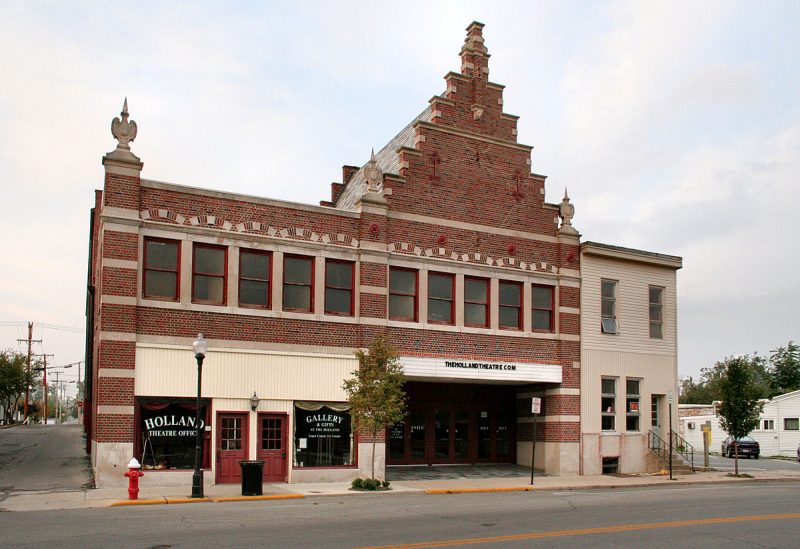
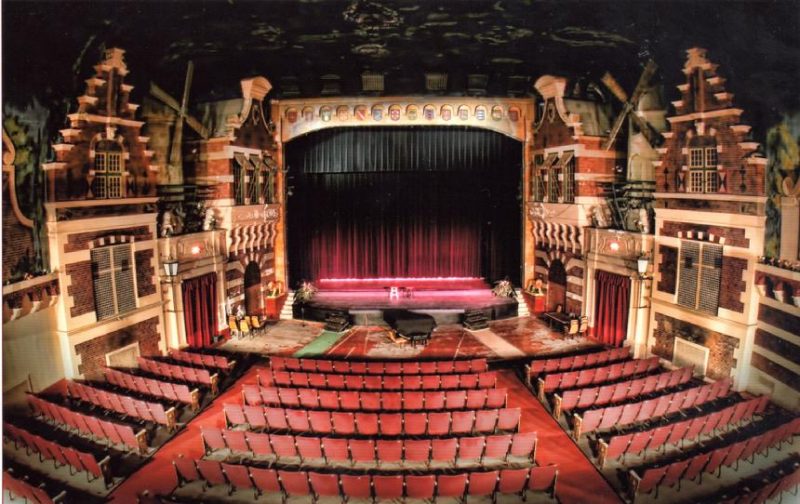
Current Name of Theater: Holland Theatre
Current Type: Atmospheric theatre
Seats: 1,200 / 1 screen
Website: http://thehollandtheatre.org/
Historic Names of Theater: P
Address: 127 E Columbus Ave, Bellefontaine, OH 43311
Contact:
Phone: (937) 592-9002
Email: office@thehollandtheatre.net
Year Built/Style: 1931 / Dutch Atmospheric Theatre
Original Architect: Schine Brothers of the Schine Circuit Theaters, hired the architect Peter M. Hulsken
Original Cost:
Listed on National Register: yes
NRHP Reference # 01000561
Added to NRHP – May 25, 2001
History of Theater:
Cost of Rehabilitation:
Architect: Hoseler Bros.
Contractors:
Source of Funds:
Renovation Story: In 1998 the Holland was closed as a movie house
The Holland Theatre is a unique atmospheric theatres. Designed by Holland-born architect Peter M. Hulsken, the auditorium was inspired by his Dutch birth place. The design was patented (copy righted) and remains a one of a kind design. No other Dutch atmospheric theatre can be found in the United States and possibly the world. The outside of the theatre boasts a stepped gable front and the Dutch cross bond pattern of bricks which would look at home on the streets of Amsterdam. The inside of the auditorium has a ceiling that looked like an evening sky, with twinkling stars and moveable clouds. The walls are adorned with a façade of windmills (whose sails rotate), canal houses with lighted windows, and tulip filled window boxes. Shields from Dutch cities decorate the proscenium arch and the balcony and two majestic lions guard the stage. Nowhere else can a theatre be found in this nation that transforms a small town in Ohio into an old street scene in Holland.
The Holland Theatre, like most old movie houses, fell on hard times with the advancement of technology. The Holland saw many owners, all of which tried to meet the needs of the public, with changes to the theatre. It was multiplexed in an attempt to compete with the newer theatres. Through it all the changes were made with respect to the theatre’s design and the integrity of the design was maintained. In 1998 the Holland was closed as a movie house. It was feared that the Holland would fall to the wrecking ball.
In 1999, with the help of many concerned citizens and a group of gifted local junior high students, the wheels were set in motion to reopen and restore this beautiful structure. The Logan County Landmark Preservation, Inc. was formed and with their hard work and the support of the community, even in this time of financial hardship, the Holland is thriving as a venue for the performing arts and a home for the visual arts. The fact that the Theatre is being restored and is active is a testament to the importance and historical significance of the Holland. It remains a vital cog in the heart of this small rural community. The Holland is a monument to our past and a significant part of our future.
In the early days of moving pictures, American entertainment companies vied for market share by offering their films in opulent theaters. Going to the movies was an event. Men wore their Sunday suits for the occasion; women donned their hats and stockings; and films were shown in movie “palaces”, lush fantasy lands filled with velvet-covered seats and crystal chandeliers. For the price of a forty-cent ticket, moviegoers not only would be transported into the celluloid world, but also could enjoy the type of extravagant surroundings usually reserved for the very wealthy.
American theatre architecture peaked in the 1920’s. Hundreds of elaborate movie palaces were built across the United States in towns both large and small. Often these theatres were constructed in an atmospheric style. They resembled Italian piazzas, Grecian ruins, and Moorish courtyards. As patrons found their seats, Corinthian columns, classical facades, and tastefully draped statues of coy Roman goddesses flanked them. Mosaic tiled fountains sang in the lobbies and coming feature posters were hung in gilded frames. The Italian and Spanish styles were very popular, and many of the remaining theaters were built with those contrivances. However, a single historic atmospheric theatre stands out among the dozens listed on the National Register of Historic Places and on the rolls of the Theatre Historical Society of America — Bellefontaine’s historic Holland Theatre.
Schine Enterprises, a family company that built and operated about 150 theatres in six states, built the Holland Theatre in downtown Bellefontaine, Ohio, in 1931. The Schine’s Holland Theatre in Bellefontaine is the only Dutch-style atmospheric theater in the United States, and perhaps the only one existing in the world. The Holland Theatre not only represents a nostalgic part of Logan County’s past, but it also offers new opportunities for the county’s future.
From the outside, the Holland Theatre has not changed dramatically since it was built. The exterior of the Theatre is attractive rose-colored brick. The three story structure has a stepped, Flemish-style gable that gives only a hint of as to what awaited movie-goers inside when the Theatre was in its heyday. Although the lobby and main foyer of the Holland has been cosmetically altered through the decades, originally both spaces introduced the Dutch theme with its hewn timber framed beams, heavy plastered walls, and reproductions of famous Dutch paintings hung between field-paneled walls.
While 1,400 patrons sat in air-conditioned or heated comfort, they did so as their eyes told them they were outdoors. The interior auditorium was designed as a convincing representation of a 17th-century Dutch cityscape. Blooming tulips waved gently in window boxes as two working windmills quietly stirred the air. The brick and timber-framed facades were careful reproductions, nearly actual sized, of known buildings – one of which was the family home of the Holland’s architect, Peter Hulsken. Windows in these facades were dimly lit from within, giving the impression that building’s interiors were illuminated by candlelight. The ceiling was painted a deep blue, and tiny lights simulated flickering stars. A cloud machine completed the effect. The largest movie screen in Ohio, 40-feet long, filled the stage.
On December 28,1999, The Historic Holland Theatre was purchased for the Logan County Landmark Preservation, Inc. by Richard and Peggy Knowlton.
![]()
Visual Merchandising Displays: Big Bang Little Bucks Webinar
September 21st, 2017 1 pm – 2 pm
Join Heritage Ohio for a webinar with design consultant Susan Shaddox from Main Street Arkansas! We will be discussing how businesses can make the biggest impact with their visual merchandising, even on a smaller budget.
Heritage Ohio Members Register Here
Not a Member? Join Heritage Ohio now to get access.
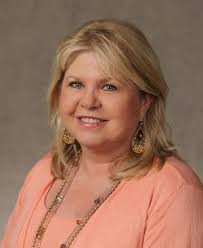 Susan Shaddox, Main Street Arkansas Interior Design Consultant
Susan Shaddox, Main Street Arkansas Interior Design Consultant
Susan Shaddox has worked as an interior design consultant with Main Street Arkansas since 2006. Prior to her position with Main Street Arkansas, Susan worked as an interior designer for Embassy Suites, Baptist Health Systems, and Dillard’s Department Stores.
Aside from her state position, she conducts Window Displays, Visual Merchandising, and Space Planning workshops all over the US for other Main Street communities. She has also been a speaker at several National and Regional Main Street Conferences, presenting her design workshops.
Having owned her own Pet Boutique for over 20 years, Susan also has experience in all areas of retail and merchandising, and most recently set gift shop displays at Crystal Bridges American Art Museum in Bentonville, AR for the Walton Foundation
Susan holds a Bachelor of Science degree in Interior Design from the University of Central Arkansas.
![]()
Using Google for Local Business Webinar
July 19th, 2017 1 pm – 2 pm
Join Heritage Ohio for a conversation with your friendly neighborhood Google guy, Rusty Allison. We will be discussing how you can better engage with your customers and visitors by using the many tools Google offers. Ever wanted to ask Google a question? While you could simply “Google” it, don’t miss this opportunity to hear from a real live representative of a tech company that truly understands what people are looking for.
Heritage Ohio Members Register Here
Not a Member? Join Heritage Ohio now to get access.
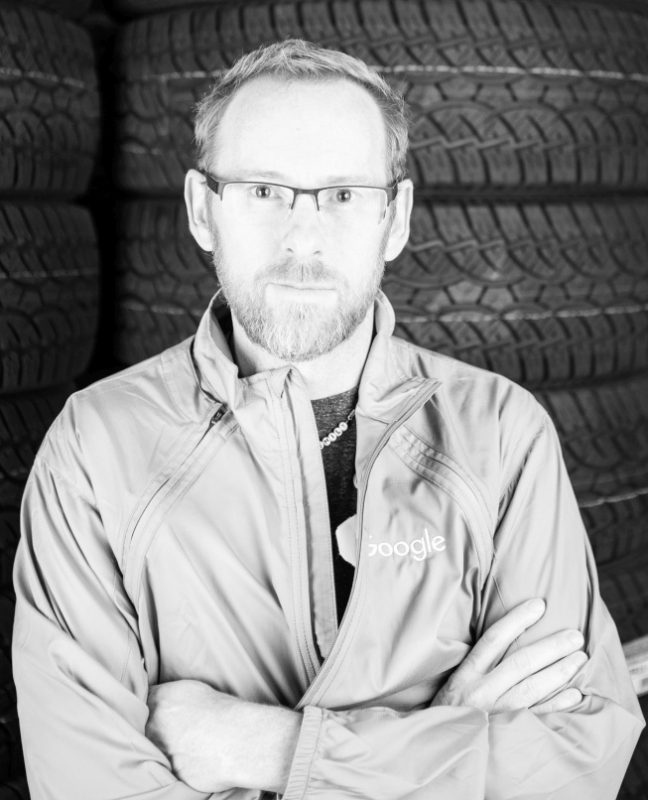 Rusty Allison
Rusty Allison
A lover of all things geek and pop culture, Rusty grew up in the 70’s and 80’s in rural West Virginia deep in the heart of the Appalachians. While earning a business degree at West Virginia Tech, now a part of WVU, He met his wife, April, and they’ve been happily married, most days, for 23 years. April and he have two beautiful daughters, Mackenzie and Emily, 16 and 13 years old respectively.
Rusty spent the first 20 years of his professional career in different sales roles selling everything from paper to cell phones and even 401k retirement plans. His one big takeaway from all that experience? He wasn’t very good at selling. So, in early 2016, he began training as a Google City Ambassador under the tutelage of Joe Danzer, Cincinnati’s Senior Ambassador to Google. In 2016, he and Joe were selected by Google as the #1 City Ambassador team in the U.S. based on total number of businesses helped. He’s also the head estimator/scheduler for the Google Virtual Tours for the region.
As a Google City Ambassador, his primary role is teaching and coaching business owners how to make the most of their Google My Business listing and how to leverage Google to attract attention and grow their businesses. He does this through one-on-one’s, company classes, workshops and public speaking engagements, all of which are free.
![]()
Mercantile Block Easement
228-236 High St,
Hamilton, OH 45011
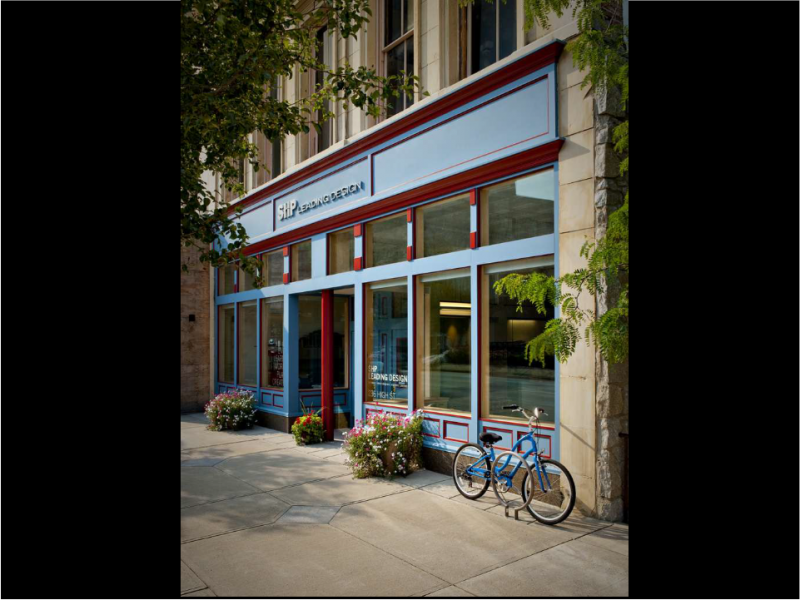
Our easement program has been active since 2004 when we accepted our first easement on the Rawson Block in Findlay. Over the years we’ve seen how the program can be adapted: we’ve worked with owners in a variety of communities, and we’ve worked with a variety of property owners, including commercial property owners, nonprofit owners, and municipalities. Additionally, easements have been placed on buildings well before a full-scale rehab has been completed, and years after a large-scale rehab was completed.
In Hamilton, we accepted an easement on the Mercantile Block in 2011 as the owner was completing a full rehabilitation. The rehabilitation and subsequent leasing of the building represented a turning point in downtown Hamilton’s revitalization. Since the completion of the Mercantile Block, nearby buildings have been rehabilitated, and Hamilton’s downtown is enjoying a resurgence.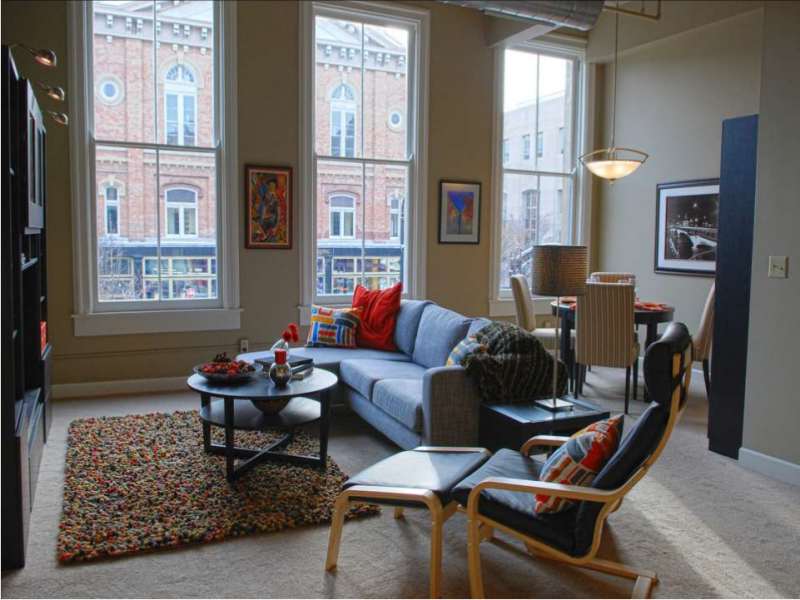
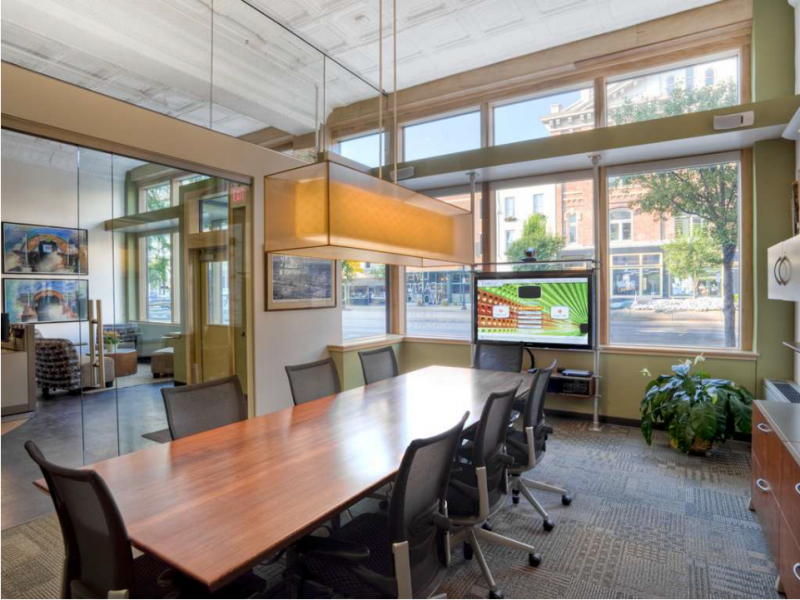
Director Joyce Barrett commented on the Hamilton project: “When the building owner came in, he had a vision for upscale housing that was non-existent in the downtown at the time. There were plenty of doubters who questioned whether he could ever rent the apartments, but he created a unique living opportunity downtown and tapped into a housing need that residents flocked to. We were excited to play a small part in downtown’s resurgence by placing an easement on the Merc.”
As the series of images below show, there’s no such thing as “too far gone” when a building owner leverages private capital with tax incentives and a vision for how a forgotten building can be reborn to once again play a key role in the vibrancy of its downtown.
Below you can see the transformation of the deteriorated interior into a modern working space. For even more pictures of the transformation take a look a this slideshow.
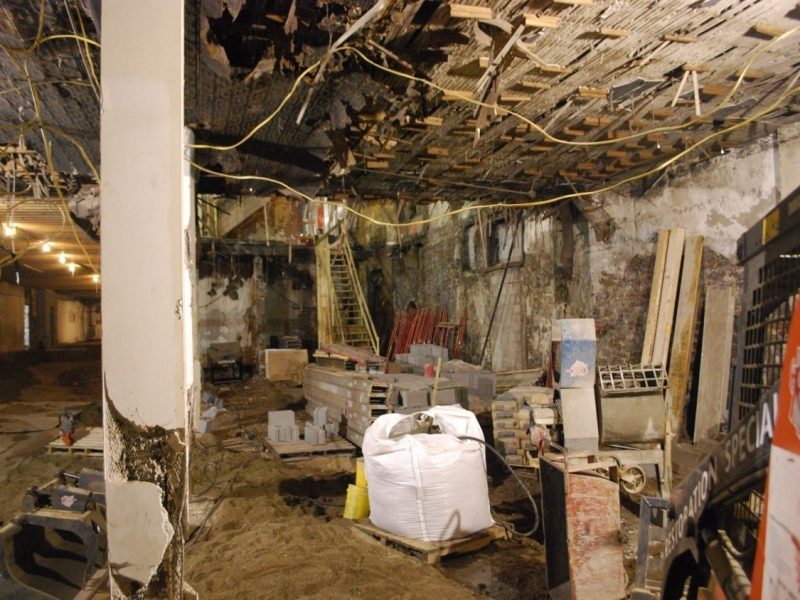
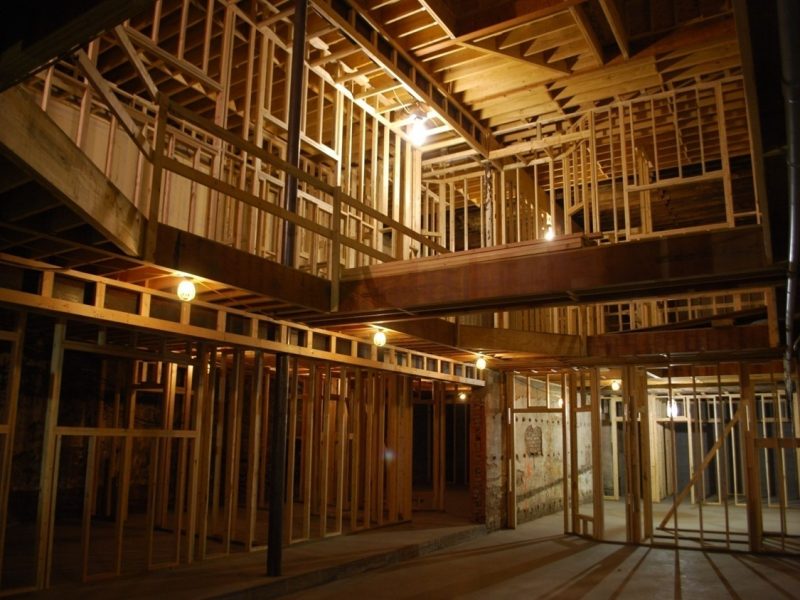
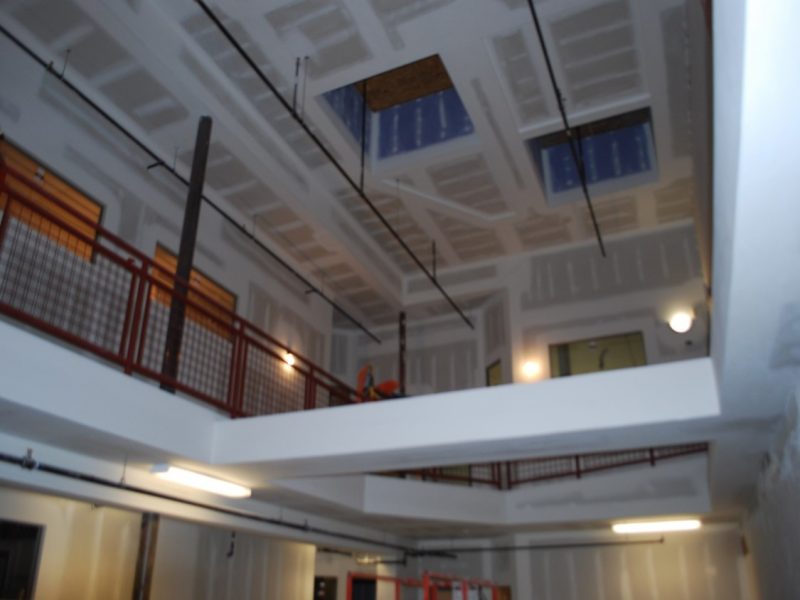
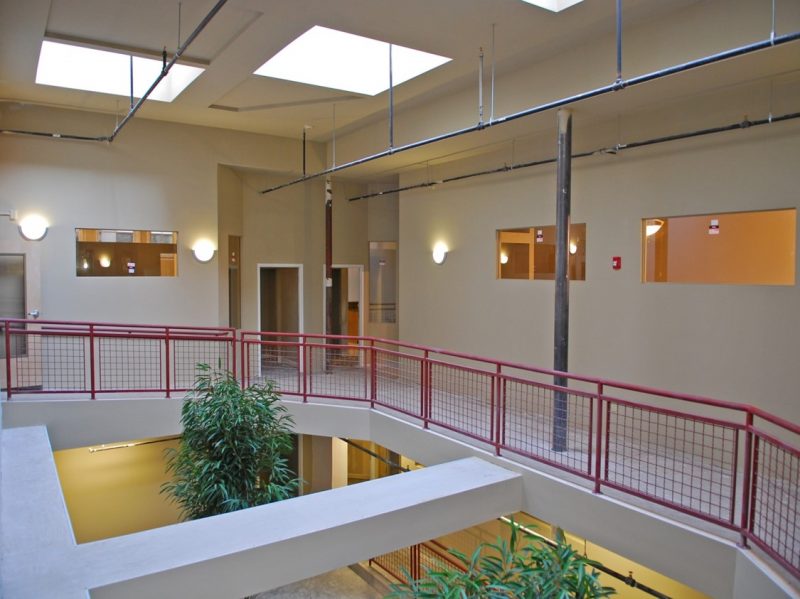
![]()
Communityness Webinar
June 28, 2017 1:30 pm – 2:30 pm
Communityness” is the feeling that people experience when they feel connected to the place they live. It is the feeling of being a part of something larger, connected to your neighbors and fellow community members, a feeling of engagement and the sense of responsibility for the community at large. Cities and towns that foster a sense of “communityness” benefit in a myriad of ways including more engaged citizens, healthier politics, and increased talent retention and attraction. This session will explore this concept in three parts. First, what it means, and how to identify a place that has it. Second, the benefits of “communityness,” including health, social, engagement, politics, and economics. The final part will explore what community leaders can do to try and foster a sense of “communityness.”
Heritage Ohio Members Register Here
Not a Member? Join Heritage Ohio now to get access.
PRESENTER BIO
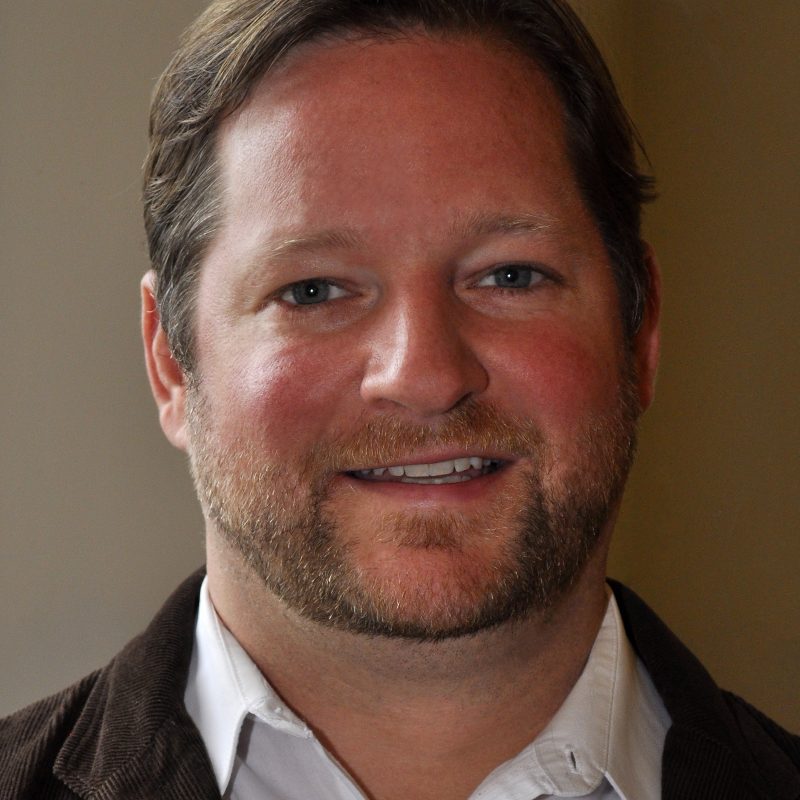 Jeff Siegler
Jeff Siegler
Jeff is passionate about places and has spent his career assisting cities and towns to strengthen their sense of community. Back in 2001, while Jeff was working on a ranch in Montana, he got involved with an organization concerned with protecting land along the upper Yellowstone River. This sparked a lifelong interest in the connection between land and lifestyle and how place affects people. Jeff took this experience and grew it into a career. He has been able to couple his economics and urban planning education and background to provide unique insights for communities seeking to grow their economy and attract new talent while minimizing the use of local resources. He got his start working for a tax credit developer in Richmond and through this experience Jeff learned first hand the impact real estate has on community and continues to focus and build on the intersection of these two concepts. For the last decade, Jeff has been working hands on with midwest communities to help them revitalize their downtowns, grow the local tax base and improve the quality of life for residents. During this time he has successfully advocated for the passage of vital policies at the state and local level to make cities stronger and assisted dozens of towns in altering their trajectory. Jeff has been fortunate to pursue his passion around the country and internationally and has no plans to stop working for cities that work better for people. Practicing what he preaches, Jeff lives in a traditional Pittsburgh neighborhood where his son and daughter walk to school and Jeff can walk, bike and take the train to everything else.
![]()


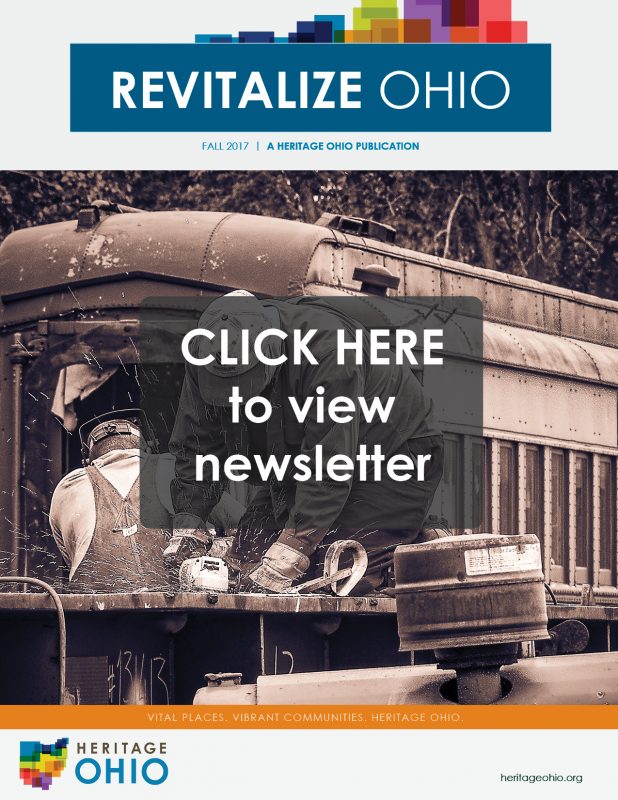
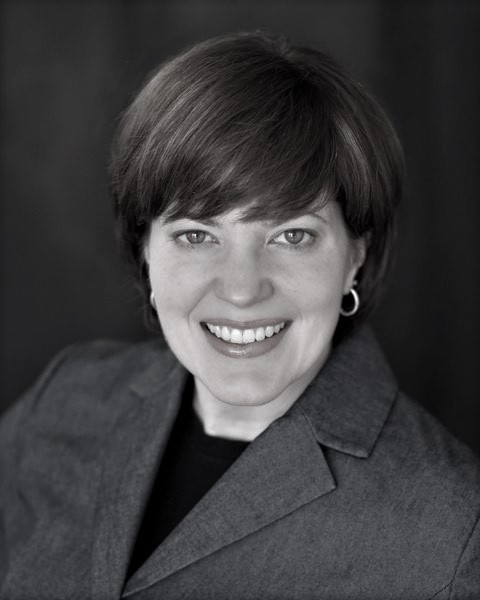 J. Kay Coughlin, CEO, Facilitator on Fire
J. Kay Coughlin, CEO, Facilitator on Fire